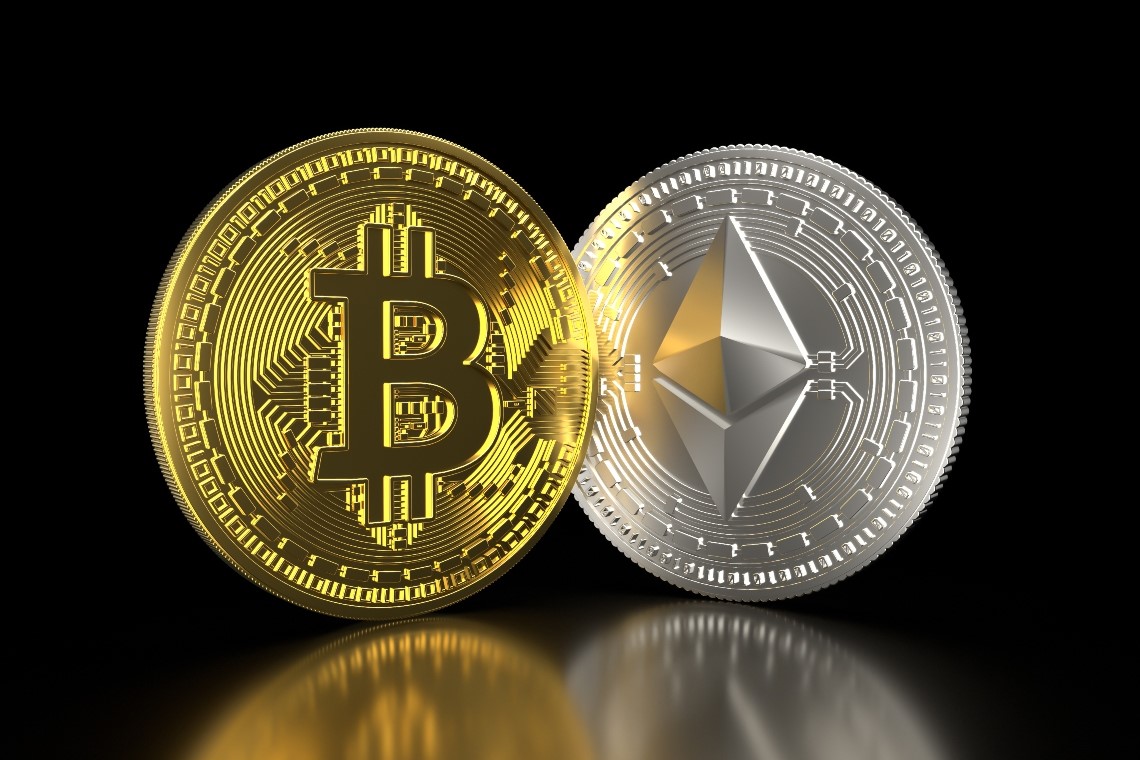Quantum Wealth Summary
- What you need to know: Bitcoin is the largest cryptocurrency on the market, with a share of over $540 billion. However, Ethereum is the second-largest, with over $220 billion, and it’s gaining popularity.
- Why it matters: Bitcoin is being described as ‘digital gold’, while Ethereum is being described as ‘digital silver’.
- Here’s the state of play: Ethereum has outperformed Bitcoin over the past seven years. But it is still a high-risk, high-loss asset class unsuitable for most people. This is why only speculative investors are taking a closer look at Ethereum.
Physical gold. Physical silver.
They’re both precious metals.
They’re both legendary.
But compare the two and ask yourself: which is more useful to mankind?

Source: The Economic Times
Right now, most of the world’s gold is locked up in vaults or is being passively used as jewellery. But silver appears to be more versatile. It is being actively used in a wide range of commercial and industrial settings:
- For example, silver has excellent conductivity and is resistant to oxidation. This makes it the perfect element for circuitry within smartphones, computers, televisions, batteries, and solar panels.
- Also, silver is light-sensitive. This makes it ideal for photographic film, photographic paper, and developing chemicals.
- Finally, silver is durable and has strong antibacterial properties. This makes it a critical material in wound dressings, catheters, dental fillings, prosthetics, and surgical instruments.

Source: NewsBTC
So, it’s clear that physical silver has more practical uses than physical gold.
Interestingly enough, in the virtual world, similar discussions about usefulness are also being applied to cryptocurrency. Bitcoin is being called ‘digital gold’, while Ethereum is being called ‘digital silver’. Here’s why it matters:
- At the moment, Bitcoin currently has a market cap of over $540 billion. It is the oldest crypto, and it has the largest presence. Since its inception in 2009, Bitcoin has been intentionally designed to resemble gold in terms of scarcity, and it has an upper limit of 21 million tokens. Supporters see Bitcoin as a store of value and a medium of exchange. They believe it could serve as a decentralised currency of choice in the future.
- Meanwhile, Ethereum has a market cap of over $220 billion. It is the second-largest crypto, and it’s radically different from Bitcoin. Since its inception in 2015, Ethereum has been designed to offer more flexibility as a programmable blockchain. This allows its tokens to evolve and adapt — which has more practical uses in DeFi (decentralised finance), NFTs (non-fungible tokens), and smart contracts.
- In a nutshell, the goal of Bitcoin is to develop a speculative currency model. Meanwhile, the goal of Ethereum is to develop a speculative banking model. It’s about the micro versus the macro. The small picture versus the big picture.
Sandeep Nailwal is the co-founder of Polygon — an Ethereum-based company. He believes that the development of Ethereum is accelerating. He suggests that Ethereum could overtake Bitcoin in the future and claim the crypto crown:
- This is a tall claim, but is it actually feasible? If so, what does the possible upside look like? And what is the potential downside?
- Ethereum remains a high-risk, high-loss asset class unsuitable for most people. But here are a few reasons why speculative investors are taking a closer look at it…







John is the Chief Investment Officer at Wealth Morning. His responsibilities include trading, client service, and compliance. He is an experienced investor and portfolio manager, trading both on his own account and assisting with high net-worth clients. In addition to contributing financial and geopolitical articles to this site, John is a bestselling author in his own right. His international thrillers have appeared on the USA Today and Amazon bestseller lists.